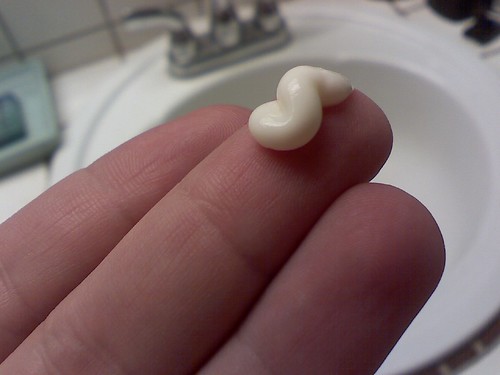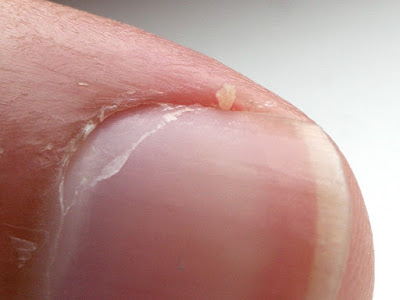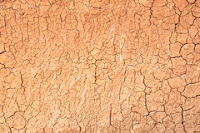Healthy, nicely groomed fingernails say something about a person. They show attention to detail. Besides, who wants to deal with the headache of dry, peeling cuticles?
Splitting cuticles are a common problem - particularly if you work in a profession where your hands are exposed to harsh chemicals and water. Ragged, peeling cuticles are not only unattractive, they can be painful.
Need guidance? Here are some tips for turning damaged cuticles into healthy ones.
The Causes of Splitting Cuticles
The most common cause of splitting, peeling cuticles is a lack of moisture.
When you expose your hands to harsh chemicals or repeatedly place them in soap and water, it dries them out and leads to unsightly splitting and peeling.
Another way cuticles become damaged is when you trim them with scissors. Trimming cuticles not only damages them - it increases the risk of a cuticle infection called paronychia, which can be quite painful. Some people also pick at their cuticles which cause them to split and peel.
How to Deal with Damaged Cuticles: Stop Trimming Them
It's important to stop trimming damaged cuticles with scissors and avoid picking at them. If the cuticles are covering too much of your fingernail, use an orange stick to gently push them back after soaking them in warm water. Then apply some light oil such as olive oil to the cuticle for softening.
Never try to push your cuticles back aggressively or use any type of instrument that isn't sterile. This will only increase the risk of infection.
Once your cuticles are groomed, apply a layer of cuticle moisturizing cream to give them added protection against dryness. If you're in a bind, you can use petroleum jelly as a cuticle moisturizer.
For Healthy Cuticles, Keep Hands and Cuticles Moist
 |
| Soothing 24hr moisture... by Shawn Campbell, on Flickr |
Use restraint when grooming your fingernails. Pushing back the cuticles too often increases the risk of irritation, splitting, and peeling. Do it only as often as necessary.
Damaged Cuticles and the Risk of Infection
Monitor for any pain or swelling around your cuticles. These signs can indicate a paronychia or cuticle infection. Look for signs of redness or drainage from the nail. If you see any, contact your doctor.Some paronychias are caused by fungi and will respond to anti-fungal medications, while others are bacterial and need an oral antibiotic prescribed by a doctor. In severe cases, a cuticle infection may need to be drained by a doctor.
Splitting Cuticles: The Bottom Line?
The key to preventing peeling cuticles is to keep your hand moist and avoid exposing them to trauma.
Don't pick at them or overgroom them.
References:
Am Fam Physician. 2001 Mar 15;63(6):1113-1117. WebMD. "6 Ways to Care for Your Cuticles" (2014)




No comments :
Post a Comment